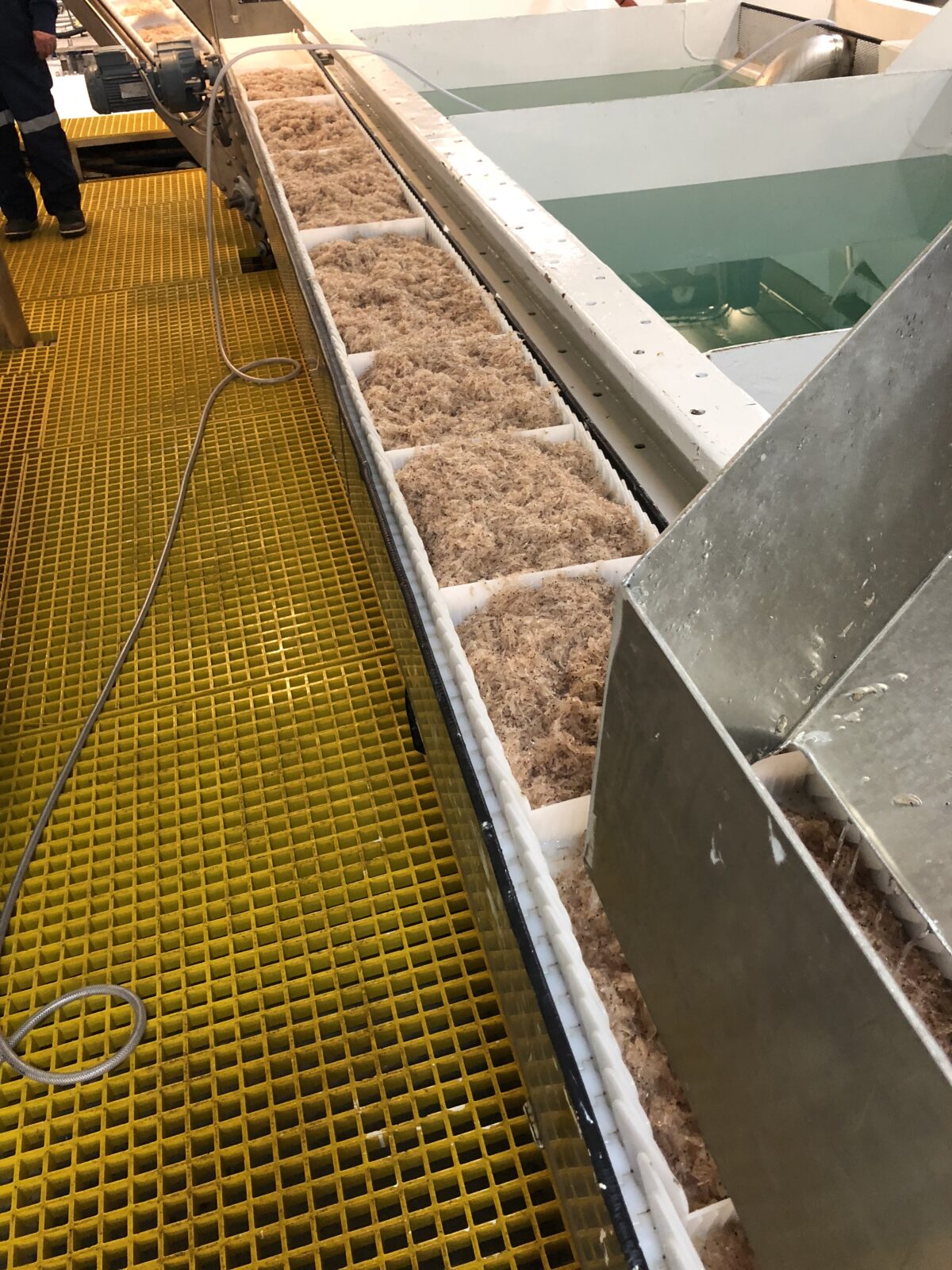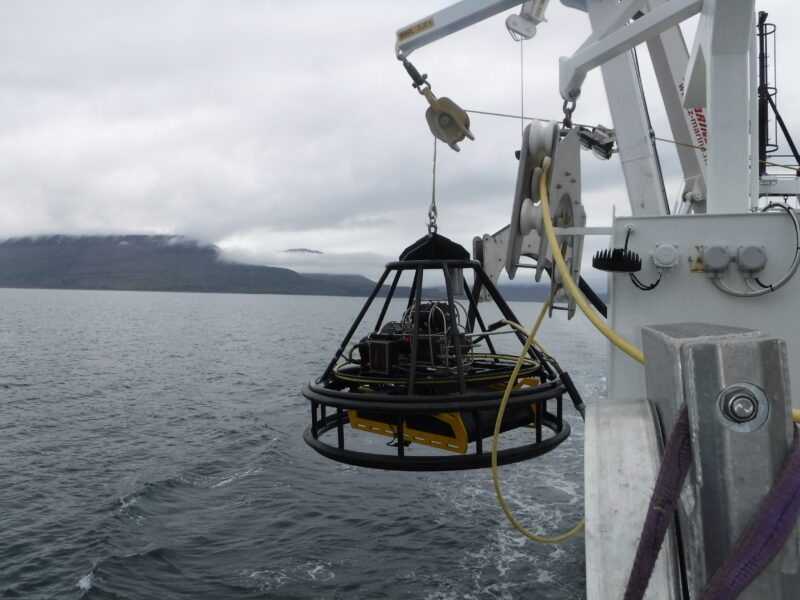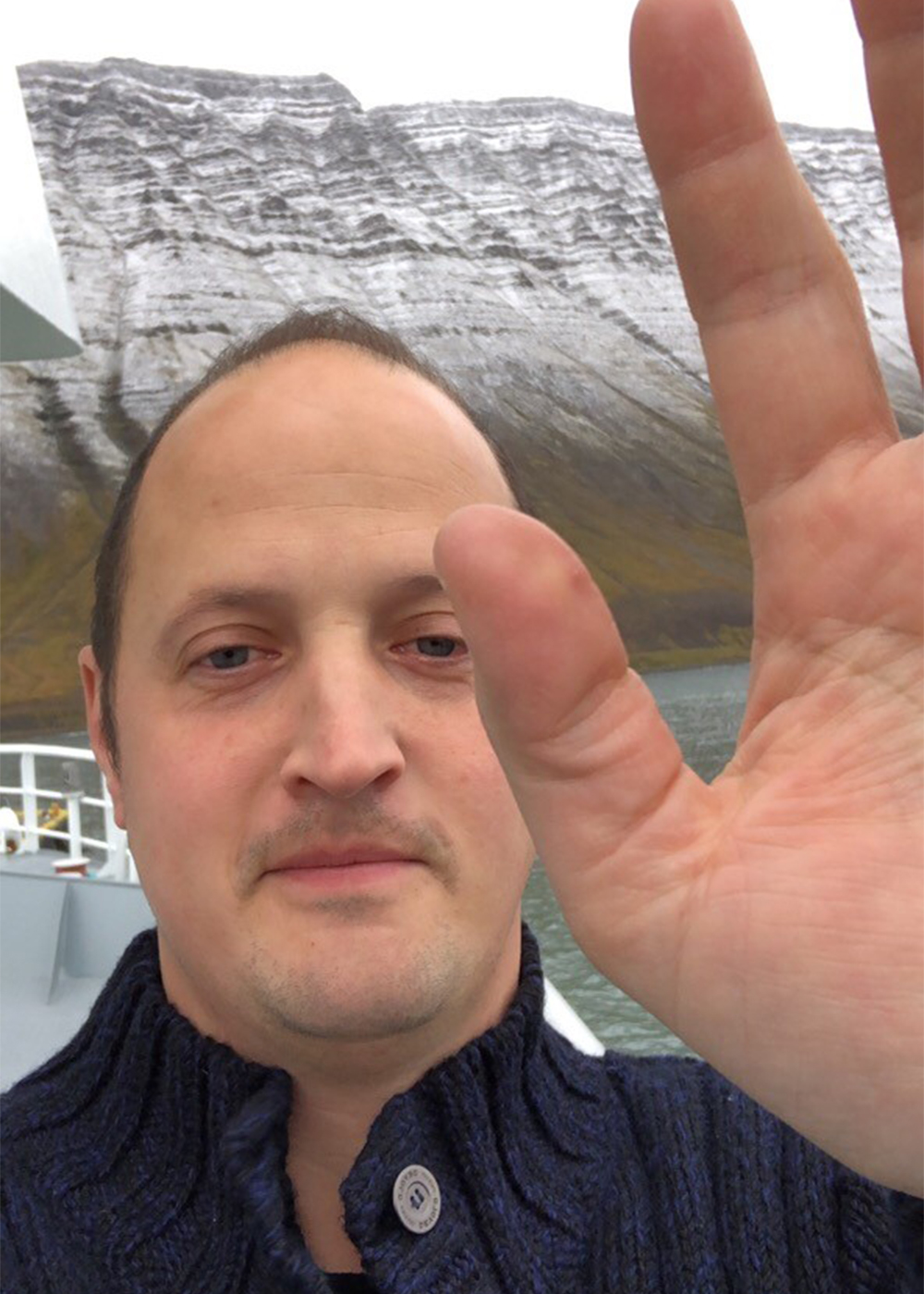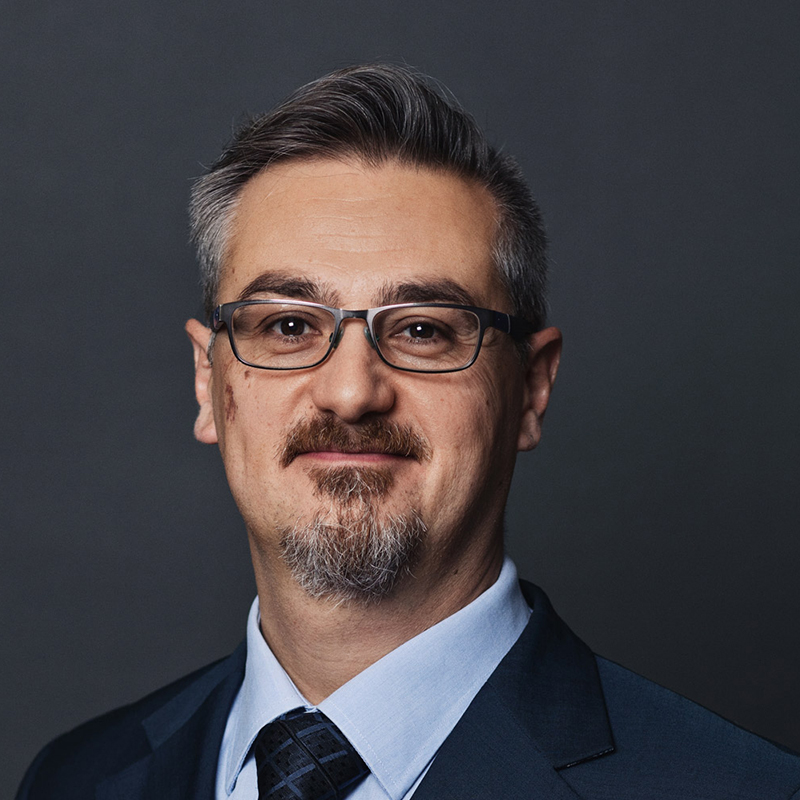How do you patent an innovative, eco-friendly ocean harvesting technology in international waters where no patenting law applies? HARVISH® found a strong solution with the help of Plougmann Vingtoft’s IPR consultants.
Forget insects. In the future, you will be eating krill.

Mesopelagic species such as krill and copepods have the potential to solve the world’s impending food shortage as they are highly nutritious and form a vast body in the oceans.
However, conventional fishing methods are neither sustainable nor efficient when fishing for krill and copepods.
In 2014, Norwegian Innovation Technology Group (NITG) set out to change this with their innovative ocean technology, HARVISH® (a portmanteau of harvest and fish).
“We wanted to contribute to solving the environmental problems in modern fishing and help the transition to more sustainable fishing practices,” explains Alistair Pelly, CEO at NITG.
Eco-friendly krill harvesting technology
The people at NITG asked themselves:
What if we could use the ocean’s own food-sourcing technology – bioluminescence – to attract the krill in large swarms and gather them directly onto our vessel?
In answer to this question, NITG developed an underwater pumping vessel called the HARVISHER®, which can be easily deployed and retrieved by a fishing vessel.
Lights placed within the suction holes attract krill. The krill swarm at the brightest spot near the light sources – the “point of no return”, so to speak. The krill are then pumped onboard alive to be used for direct human consumption or in krill oil and meal for human consumption or feed.

Unlike a conventional trawl, the HARVISHER® never touches the ocean bottom, thus preserving the seabed and ocean environment.
Tried and tested: Almost no bi-catch

The HARVISH® technology and its catches of krill have been thoroughly tested in Iceland with the help of researchers from the Icelandic Marine Research Institute and Z-Marine AS.
The concept was proven, and the technology has since been refined. The result is an eco-friendly and practically bi-catch free krill fishing technology, which is ready to be launched to the first pilot customers.
“We get extremely clean catches with the HARVISH® technology. We have a bi-catch percentage of 0.2 %. With traditional shrimp fishing methods, you could be experiencing bi-catch levels of 25 %,” says Alistair Pelly.
How to use patent protection in international waters
“Patenting was crucial to protect our investment. The costs of development were high, and we had to make external parties privy to our technology as we placed it on a fishing vessel. So we had to patent very early on,” Alistair Pelly explains.
However, patents do not apply in international waters where HARVISH® is often used. This required an unusual patenting strategy.
Matteo Biancardo, NITG’s patent attorney at Plougmann Vingtoft, explains the strategy:
“We patented HARVISH® in coastal countries with strong fishing industries from which such a technology could be launched. Now, HARVISH® has one of the broadest patent protections I have ever worked with,” he says.
Candid patenting advice helped secure investment
Matteo Biancardo and his team advised NITG on the patenting and investor strategy for HARVISH® and helped file the patenting applications:
“Without the patent, our first investor would not have invested. Plougmann Vingtoft’s advisors made the jungle of the patenting world easier to understand and navigate, and we appreciated their candid advice. They are willing to say, ‘this path is worth following, and this is not’. We ended up patenting in quite a number of countries, and it’s a heavy cost if you don’t restrict yourself strategically,” says Alistair Pelly.
Protect the general idea, then specify

Matteo Biancardo
The first patent family was very broad and protected the general concept of HARVISH®: to swarm the species using light that mimics bioluminescence and then pump it onboard.
As NITG tested and further developed HARVISH® in Iceland, they added more specific patents to protect various original additions to the technology.
“My advice to others developing and testing a complex technology is to start with a broad, general patent,” Matteo Biancardo says.
“This protects your idea while you are still at the development stage. Later, you can make specifications. The patenting system allows you to do that. You can implement limited changes to your original patent (e.g., examples of variations of the original idea), or you can add more specific patents if you make more radical disclosures.”